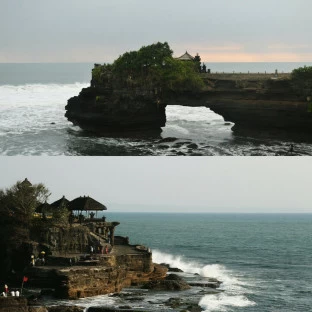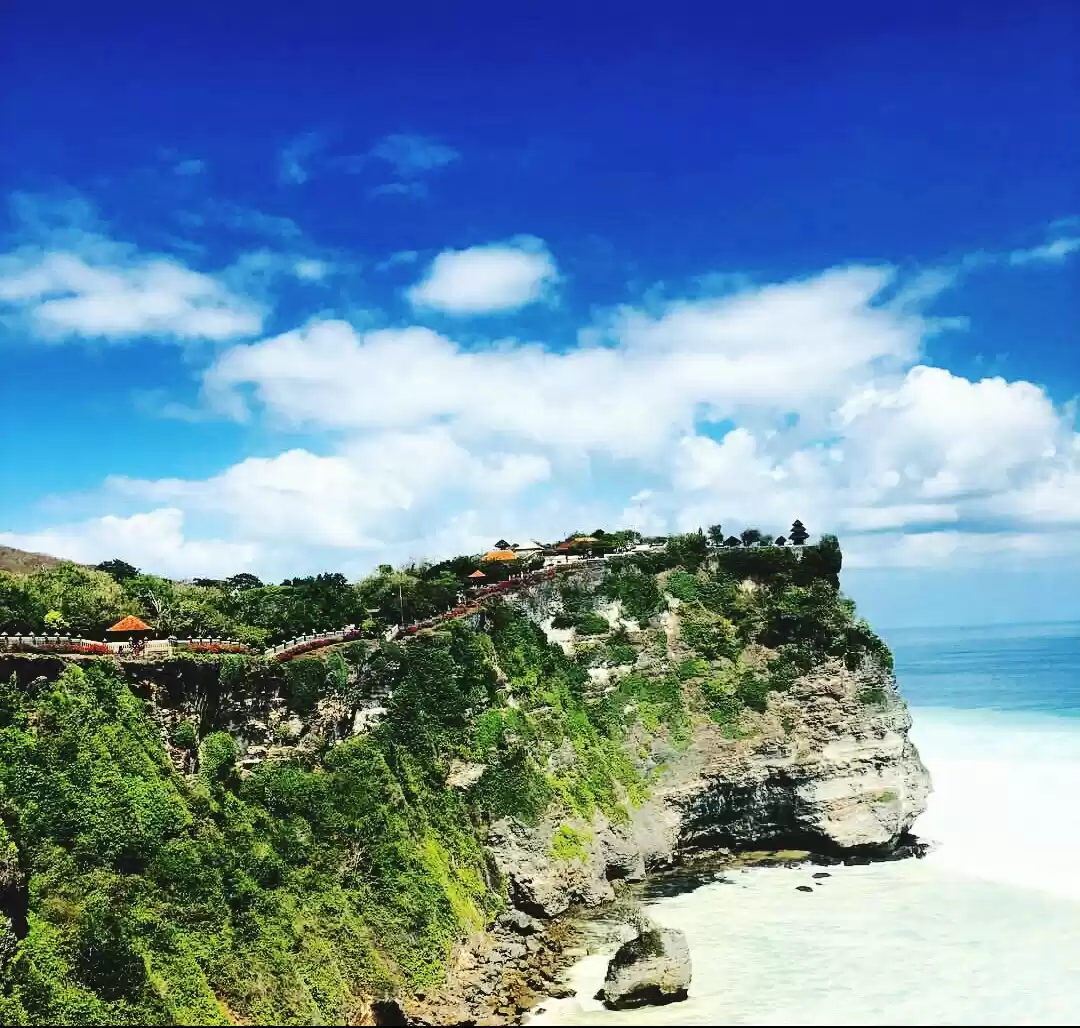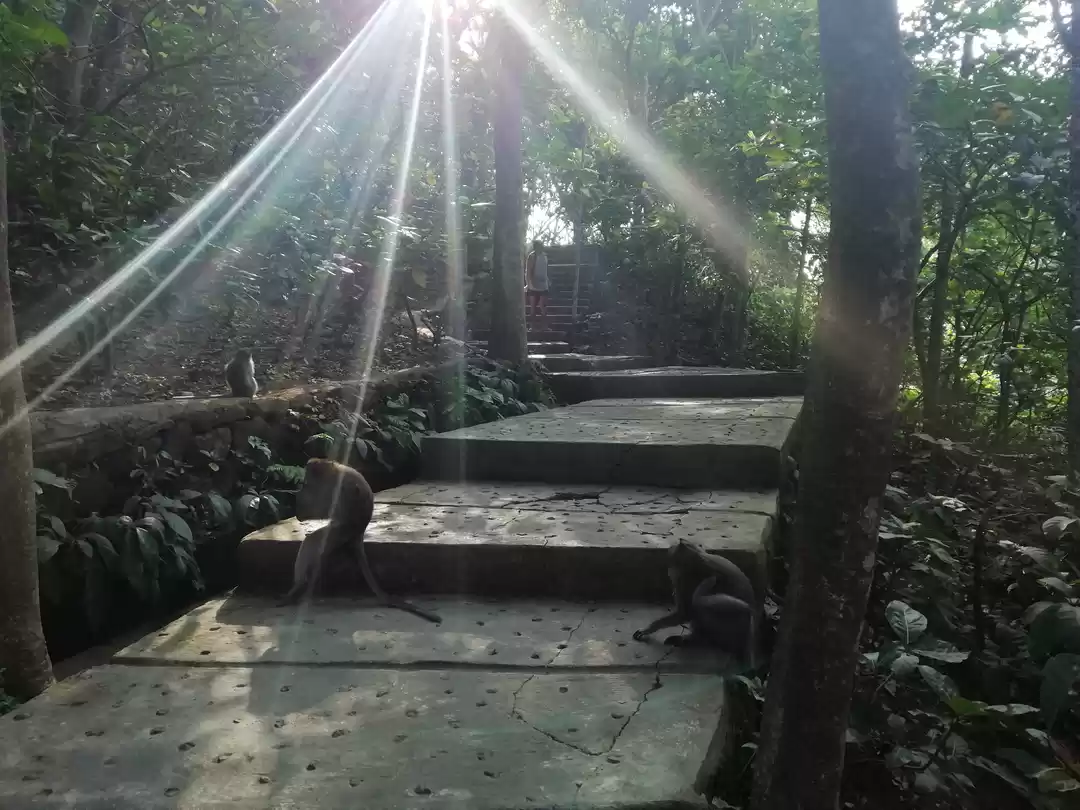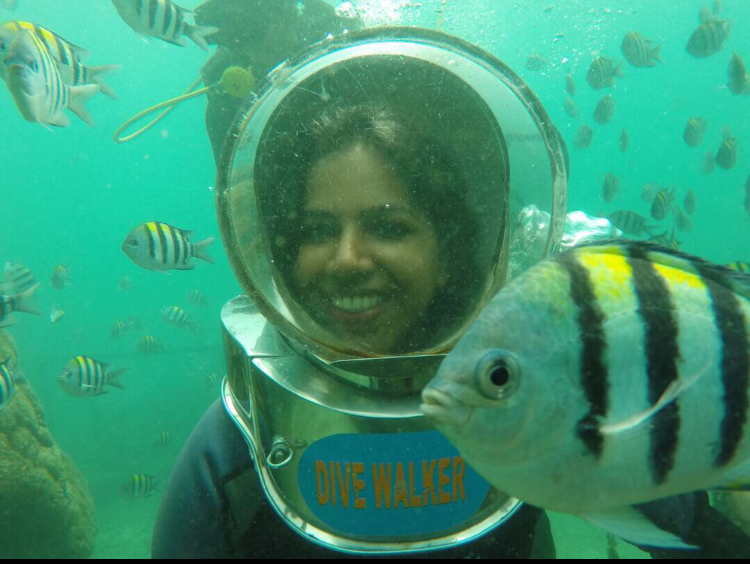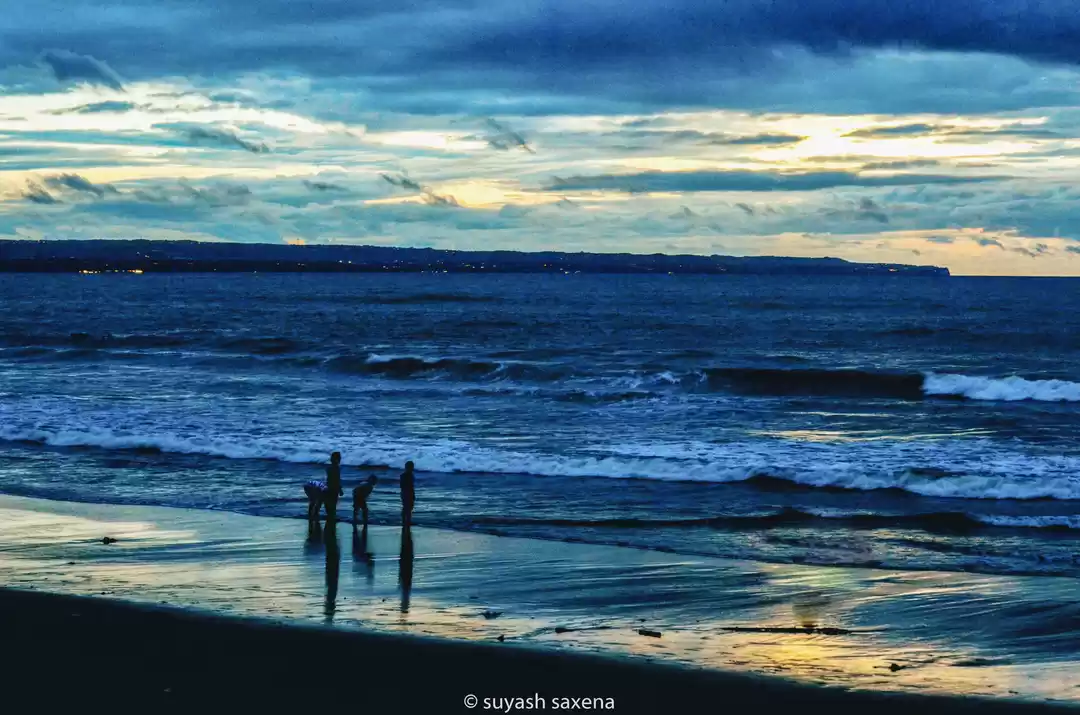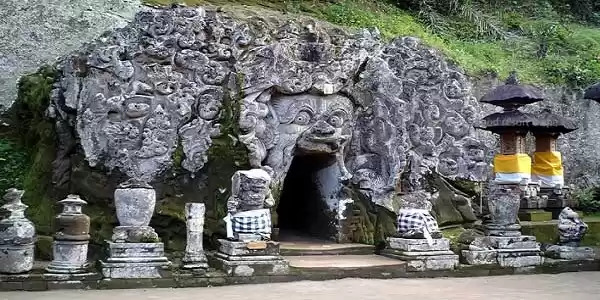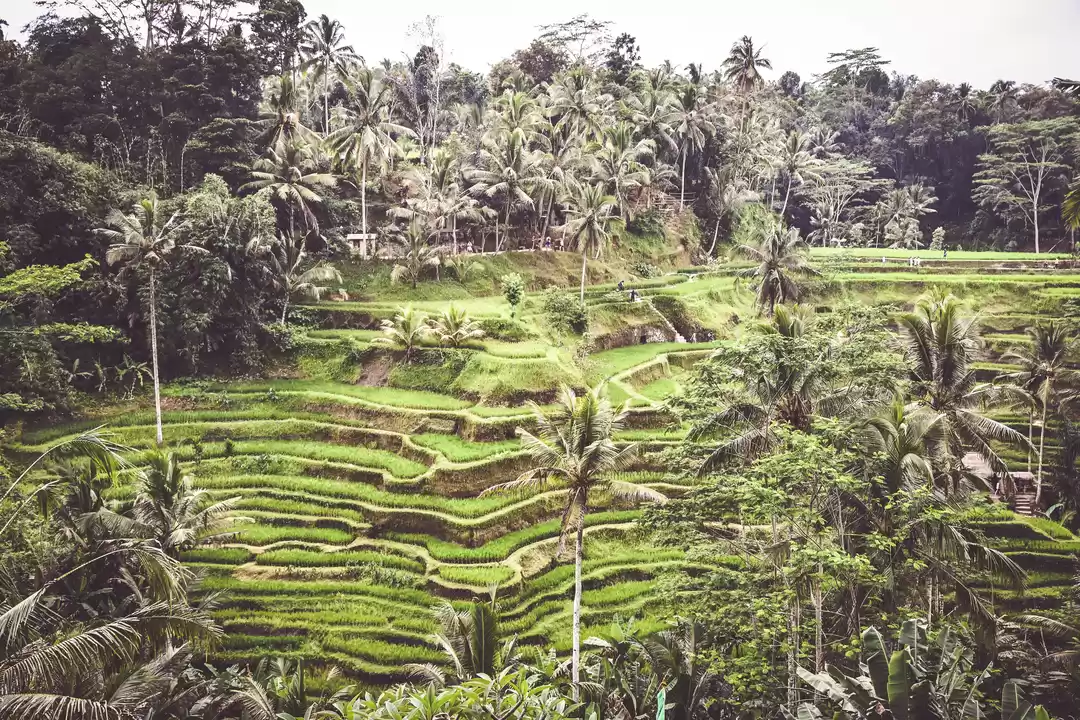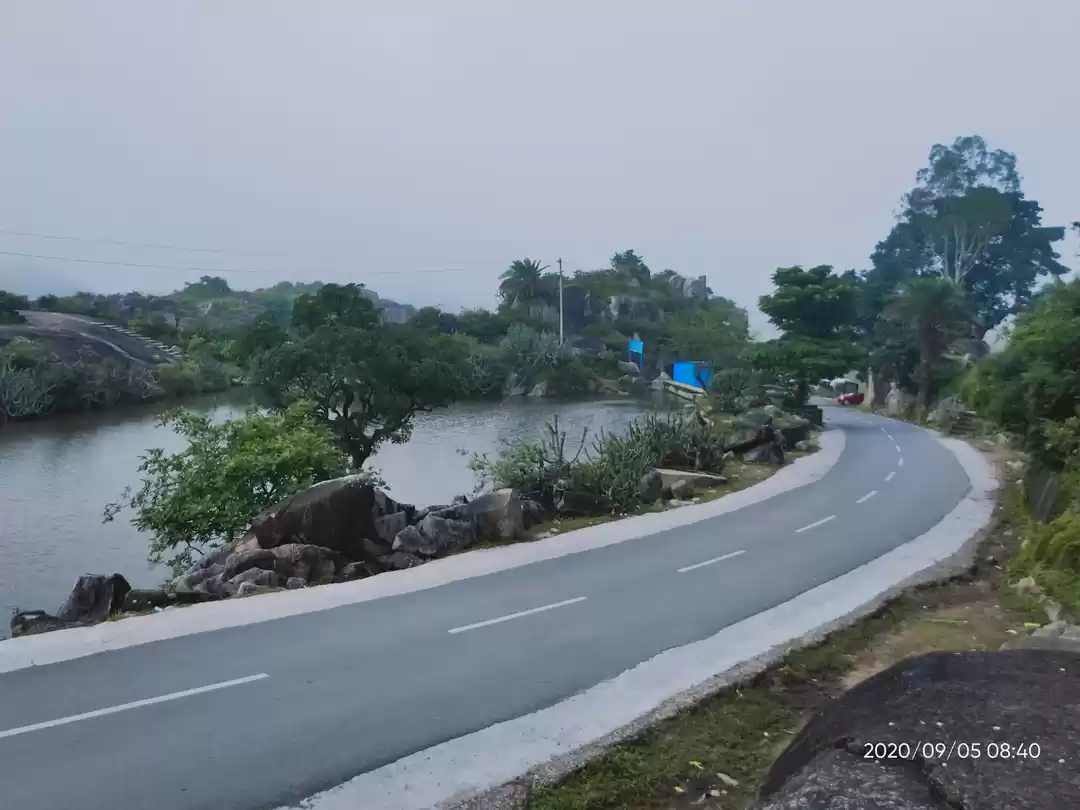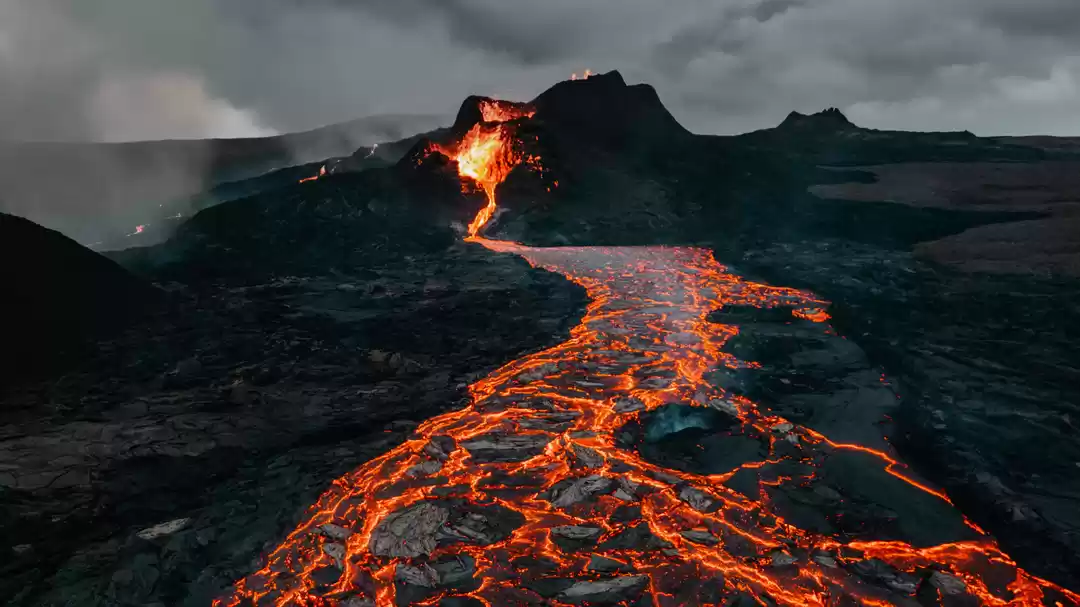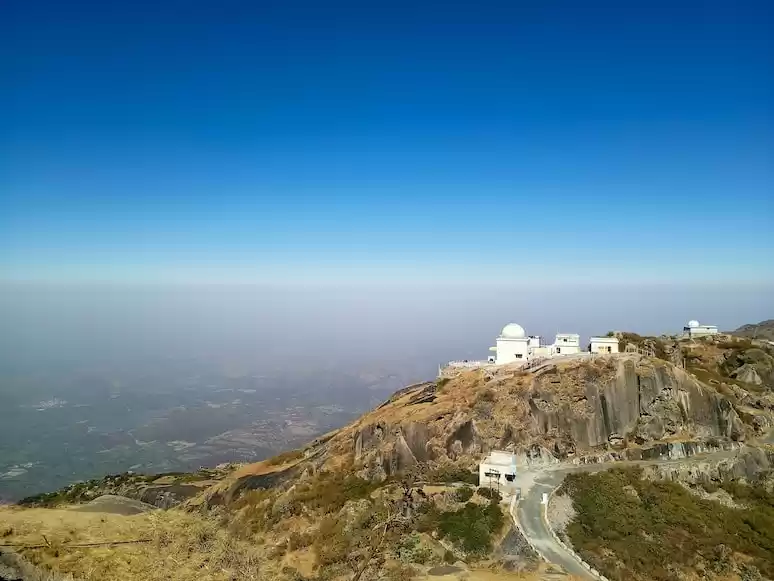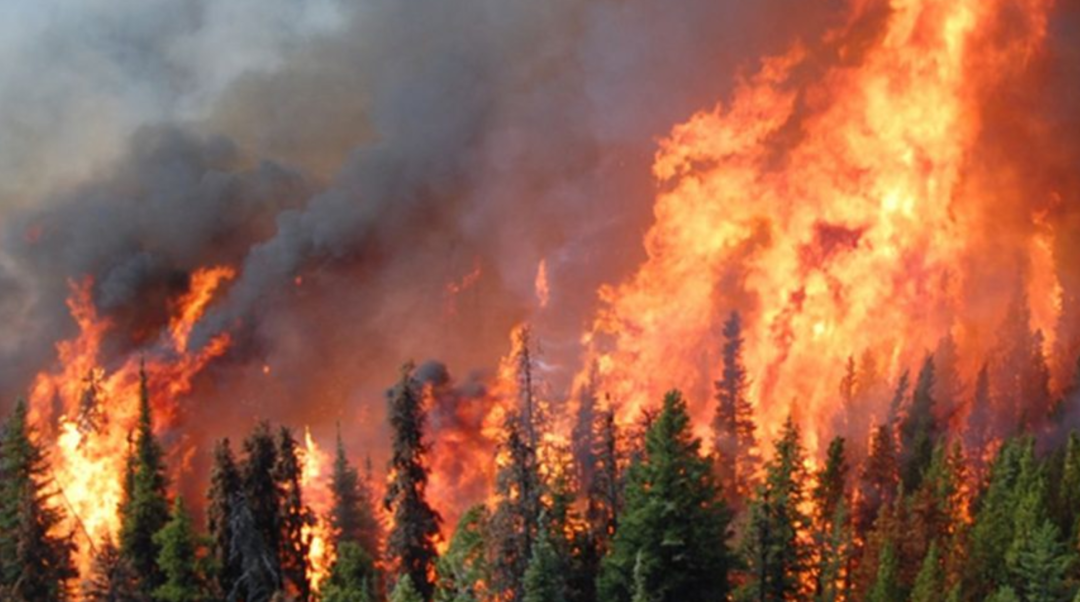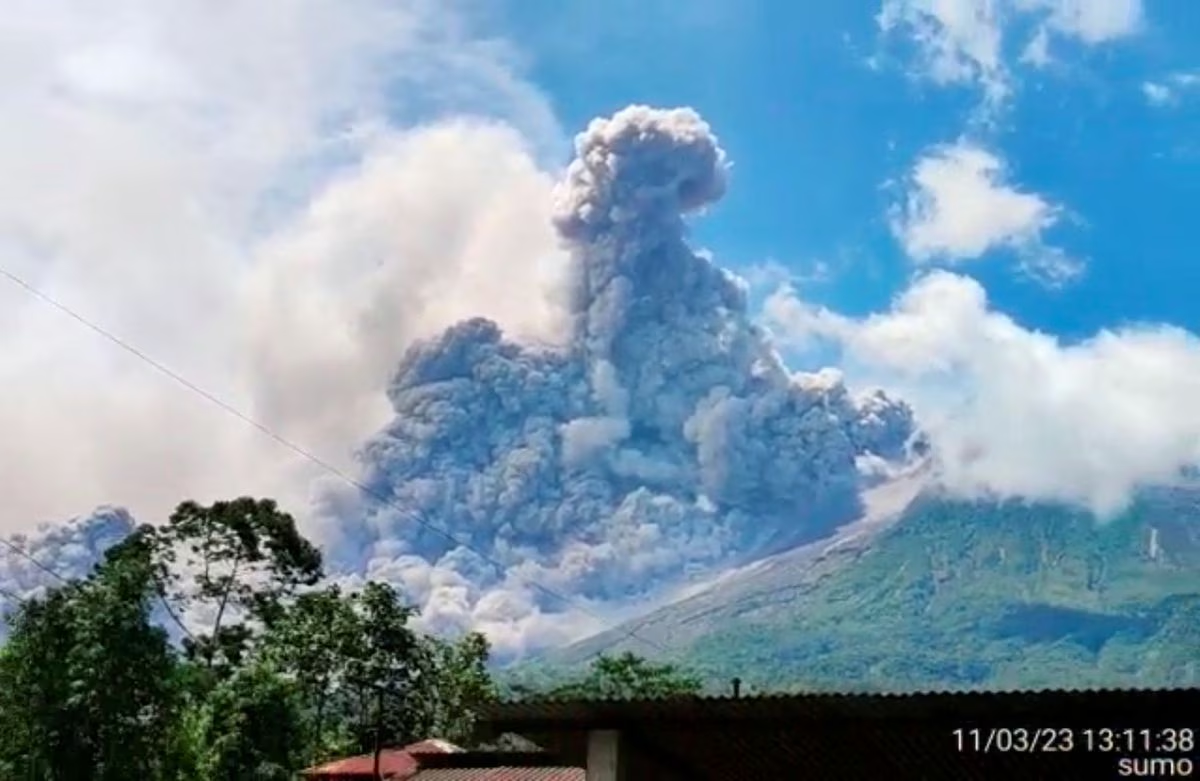Mount Agung is not just a volcano. It is a symbol of the spiritual and natural power of Bali, the island of the gods. Rising majestically to 3,031 meters above sea level, Mount Agung is the highest and most sacred mountain in Bali. It is believed to be the home of the supreme god, Sang Hyang Widhi Wasa, and the center of the universe. For centuries, the Balinese people have revered and worshipped Mount Agung, building temples and performing ceremonies on its slopes.
Mount Agung is also a source of awe and adventure for travelers who seek to challenge themselves and experience the beauty of Bali from a different perspective. Climbing Mount Agung is not for the faint-hearted, but it is a rewarding and unforgettable experience that will leave you breathless and inspired.
In this article, we will explore the history, culture, and adventure of Mount Agung, and provide you with all the information and tips you need to plan your visit and climb to the summit. Whether you are a culture lover, a nature enthusiast, or an adrenaline junkie, Mount Agung has something for everyone.
History and Culture of Mount Agung
Mount Agung has a rich and fascinating history that is intertwined with the culture and religion of Bali. According to Balinese mythology, Mount Agung was created by the god Pasupati, who split the sacred Mount Meru in India and brought a fragment of it to Bali. Mount Agung is considered to be a replica of Mount Meru, the mythical mountain that connects the earth, the sky, and the underworld. Mount Agung is also the site of the most important temple in Bali, Pura Besakih, which is also known as the Mother Temple.
Pura Besakih is a complex of 23 temples that date back to the 10th century and are dedicated to the three main Hindu gods: Brahma, Vishnu, and Shiva. Pura Besakih is the focal point of many religious festivals and ceremonies, such as Galungan, Kuningan, and Odalan, which celebrate the harmony between the gods, humans, and nature.
Mount Agung is also a witness to the history of Bali, especially the 1963 eruption, which was one of the most devastating events in the island’s history. The eruption killed more than 1,000 people, destroyed many villages and temples, and affected the climate and agriculture of Bali for years. The eruption was also seen as a sign of the gods’ anger, as it coincided with a major ceremony at Pura Besakih, which was miraculously spared from the lava flow. The 1963 eruption also marked the beginning of a period of political and social turmoil in Indonesia, which led to the fall of President Sukarno and the rise of President Suharto. Mount Agung erupted again in 2017-2019, causing mass evacuations, flight cancellations, and tourism disruptions, but fortunately, no fatalities.
The history and culture of Mount Agung are not only fascinating, but also inspiring. They show the resilience and faith of the Balinese people, who have overcome many challenges and preserved their traditions and values. They also show the respect and reverence that the Balinese people have for Mount Agung, which they consider to be a living entity and a manifestation of the divine. When you visit Mount Agung, you will not only see a volcano, but also a cultural and spiritual treasure of Bali.
How to Climb Mount Agung
If you are looking for an adventure that will test your physical and mental strength, as well as reward you with stunning views and a sense of accomplishment, then climbing Mount Agung is for you. Mount Agung is not an easy climb, but it is a worthwhile and memorable one. However, before you embark on this challenge, you need to know some important information and tips that will help you prepare and enjoy your climb.
When to Climb Mount Agung
The best time to climb Mount Agung is during the dry season, which runs from April to October. During this time, the weather is more stable and predictable, and the trails are less slippery and muddy. The rainy season, which runs from November to March, is not recommended, as the weather is more erratic and dangerous, and the visibility is poor. The best months to climb Mount Agung are July and August, when the temperature is cooler and the humidity is lower. However, these are also the peak tourist months, so you may encounter more crowds and higher prices. The best days to climb Mount Agung are weekdays, especially Mondays and Tuesdays, when the trails are less crowded and the temples are less busy.
How to Climb Mount Agung
There are two main routes to climb Mount Agung: from Pura Pasar Agung and from Besakih. Both routes start from temples, which are sacred places for the Balinese people. Therefore, you need to dress respectfully and follow the rules and customs of the temples. You also need to pay a small donation to enter the temples and support their maintenance. Both routes require a local guide, who will not only lead you safely and efficiently, but also share with you the history and culture of Mount Agung. You can book a guide online or through your hotel or travel agency. The average cost of a guide is around 1,000,000 IDR ($70) per person, which includes transportation, entrance fees, equipment, and breakfast. You can also join a group tour, which may be cheaper and more sociable, but less flexible and personalized.

Route Difficulty Length Altitude
Pura Pasar Agung Hard 3-4 hrs ascent, 2-3 hours descent 2,866 meters
Besakih Very hard 5-7 hours ascent, 3-5 hrs descent 3,031 meters
The Pura Pasar Agung route is shorter and easier, but still challenging and steep. It starts from the Pura Pasar Agung temple, which is located at 1,500 meters above sea level, and ends at the lower rim of the crater, which is 2,866 meters above sea level. The total distance is about 6 kilometers, and the total elevation gain is about 1,366 meters. The trail is mostly rocky and sandy, with some vegetation and forest. The views from the lower rim are spectacular, as you can see the crater, the summit, and the surrounding volcanoes, such as Mount Batur and Mount Rinjani.
The Besakih route is longer and harder, but more rewarding and scenic. It starts from the Pura Besakih temple, which is located at 1,000 meters above sea level, and ends at the true summit of Mount Agung, which is 3,031 meters above sea level. The total distance is about 12 kilometers, and the total elevation gain is about 2,031 meters. The trail is more varied and diverse, as it passes through different terrains and ecosystems, such as forest, grassland, rock, and ash. The views from the summit are breathtaking, as you can see the whole island of Bali and beyond, as well as the sunrise, if you time it right.
What to Bring and Wear for Climbing Mount Agung
Climbing Mount Agung is a serious and demanding activity, so you need to bring and wear the right equipment and clothing. Here is a list of the essential items that you need to pack and wear for your climb:

Backpack: You need a backpack that is comfortable, durable, and spacious enough to carry your belongings. You also need a rain cover for your backpack, in case of rain or ash.
Water: You need at least 2 liters of water per person, as you will sweat a lot and lose a lot of fluids. You can also bring some electrolyte drinks or tablets, to replenish your minerals and salts.
Food: You need some snacks and energy bars, to keep your blood sugar and energy levels up. You also need some sandwiches or fruits, for your breakfast at the summit. Your guide will provide you with a simple breakfast, such as eggs, bread, and bananas, but you may want to bring your own food, as the breakfast may not be enough or to your liking.
Flashlight: You need a flashlight or a headlamp, as you will start your climb in the dark, before dawn. You also need some spare batteries, in case your flashlight runs out of power.
Camera: You need a camera or a smartphone, to capture the amazing views and moments of your climb. You also need some spare memory cards and batteries, or a power bank, in case your camera runs out of space or power.
Sunscreen: You need sunscreen, to protect your skin from the sun, which is stronger and harsher at higher altitudes. You also need some lip balm, to prevent your lips from cracking or bleeding.
Sunglasses: You need sunglasses, to protect your eyes from the sun, which is brighter and more glaring at higher altitudes. You also need some goggles, to protect your eyes from the ash, which is abrasive and irritating.
Hat: You need a hat, to protect your head from the sun, which is hotter and more intense at higher altitudes. You also need a beanie, to keep your head warm, as the temperature drops significantly at higher altitudes.
Gloves: You need gloves, to protect your hands from the cold, the rocks, and the ash, which are all rough and sharp. You also need some hand warmers, to keep your hands warm and comfortable.
Jacket: You need a jacket, to protect your body from the wind, the rain, and the cold, which are all common and unpredictable at higher altitudes. You need a jacket that is waterproof, windproof, and warm, such as a fleece or a down jacket. You also need a raincoat or a poncho, to cover your jacket and backpack in case of rain or ash.
Pants: You need pants, to protect your legs from the sun, the rocks, and the ash, which are all hot and abrasive. You need pants that are comfortable, durable, and breathable, such as hiking pants or leggings. You also need some long johns or thermal pants, to keep your legs warm and cozy.
Shoes: You need shoes, to protect your feet from the terrain, the distance, and the altitude, which are all challenging and demanding. You need shoes that are sturdy, comfortable, and supportive, such as hiking boots or trail shoes. You also need some socks, to keep your feet dry and prevent blisters.
These are the essential items that you need to bring and wear for climbing Mount Agung. However, you may also want to bring some optional items, such as:
Trekking poles: You may want to use trekking poles, to help you balance, stabilize, and reduce the impact on your knees and ankles. You can bring your own trekking poles, or rent them from your guide or a local shop.
First aid kit: You may want to bring a first aid kit, to treat any minor injuries or illnesses that may occur during your climb, such as cuts, bruises, headaches, or nausea. You can bring your own first aid kit, or ask your guide to provide one for you.
Toilet paper: You may want to bring some toilet paper, as there are no toilets or facilities on the trails or at the summit. You also need to bring some plastic bags, to dispose of your toilet paper properly and responsibly.
Cash: You may want to bring some cash, to tip your guide, buy some snacks or drinks, or donate to the temples. The average tip for a guide is around 10% of the total cost, but you can tip more or less depending on your satisfaction and budget.
What to Expect and Enjoy from Climbing Mount Agung
Climbing Mount Agung is an adventure that will challenge you physically and mentally, but also reward you with amazing views and experiences. Here is what you can expect and enjoy from your climb:
1. You will start your climb around 2 am, depending on your route and your guide. You will meet your guide at your hotel or a designated point, and drive to the starting point of your chosen route. You will register at the temple, pay your donation, and receive your blessing. You will also receive your equipment, such as flashlight, water, and breakfast, from your guide.
2. You will follow your guide on the trail, which will vary in steepness, difficulty, and scenery, depending on your route. You will walk at a steady and moderate pace, taking breaks and drinking water as needed. You will also enjoy the changing landscape and atmosphere, as you ascend from the forest to the grassland to the rock and ash. You will also see some wildlife, such as monkeys, birds, or insects, along the way.
3. You will reach the summit or the lower rim around 5 am, depending on your route and your speed. You will find a spot to rest, eat your breakfast, and wait for the sunrise. You will also marvel at the views of the crater, the summit, and the surrounding volcanoes, such as Mount Batur and Mount Rinjani. You will also feel a sense of accomplishment and pride, as you have conquered the highest and most sacred mountain in Bali.
4. You will watch the sunrise around 6 am, depending on the weather and the season. You will witness the sky change colors, from dark to light, from purple to pink to orange to yellow. You will also see the clouds and the mist clear, revealing the whole island of Bali and beyond. You will also feel a sense of awe and wonder, as you have seen one of the most beautiful and magical sights in the world.
5. You will descend from the summit or the lower rim around 7 am, depending on your route and your guide. You will follow your guide on the same trail, which will be easier and faster, but still require caution and attention. You will also enjoy the views and the experiences from a different angle and perspective, as you descend from the rock and ash to the grassland to the forest. You will also see some more wildlife, such as dogs, cows, or chickens, along the way.
6. You will finish your climb around 10 am, depending on your route and your speed. You will return to the temple, thank your guide, and drive back to your hotel or a designated point. You will also feel a sense of relief and satisfaction, as you have completed one of the most challenging and rewarding adventures in Bali.
Climbing Mount Agung is not an easy or ordinary activity, but it is a once-in-a-lifetime and unforgettable experience that will enrich your mind, body, and soul. If you are looking for a way to explore the history, culture, and adventure of Bali, then climbing Mount Agung is for you.
Mount Agung is more than just a volcano. It is a sacred and spectacular attraction that offers a unique and diverse experience for travelers who visit Bali. Whether you want to learn about the history and culture of Mount Agung, or challenge yourself and climb to the summit of Mount Agung, you will not be disappointed or bored. Mount Agung is a place that will inspire you, amaze you, and make you fall in love with Bali.
If you are ready to embark on this adventure, then book your hotel, tour, or flight to Bali today. You can find the best deals and offers on Tripoto, the leading travel platform that connects you with local travel experts and fellow travelers. Tripoto will help you plan your trip, book your tickets, and share your stories. Tripoto is your ultimate travel companion and guide.
Don’t wait any longer. Book your trip to Mount Agung and Bali today, and discover the island of the gods.










